Small-toothed primrose: description and cultivation of varieties
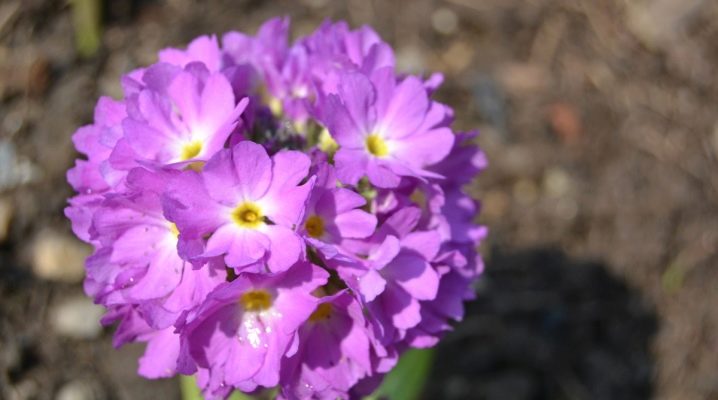
Despite the fact that primrose is a rather unpretentious plant, it requires some care. Fine-toothed is one of the plant species represented in modern floristry by several varieties. This type will be a great solution not only when decorating a garden, but also when growing in pots at home.

Characteristic
It is worth highlighting the main features of the fine-toothed primrose. These include inflorescences that form into dense balls.
The shade depends on the hybrid, flowers can be:
- white;
- lilac;
- ruby;
- purple.

The diameter of the flowers can also vary, the width of each varies from 5 to 25 mm. To hold such a ball, the plant has to develop a strong peduncle; under it is a rosette of long lanceolate leaves, which are very wrinkled and have a light color.
When flowering is just beginning, the leaves are not yet visible, since the peduncle is located only a few centimeters above ground level. Over time, its height increases, and by the time the seeds are ripe, it is 500 mm.
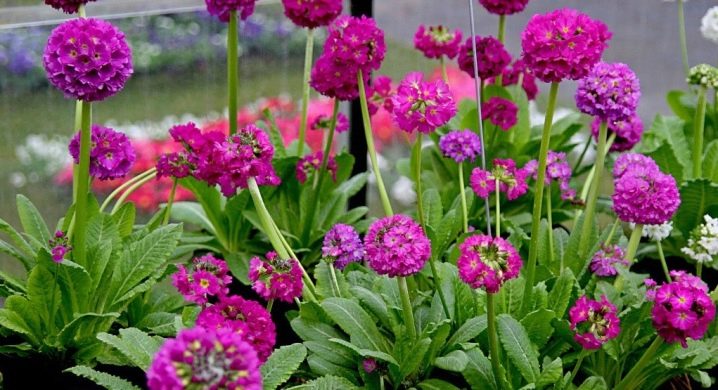
The foliage is formed in parallel with the peduncle. At the moment when the fruit appears, the shoots reach the maximum permissible length. It is easy to see that there is a yellow powdery bloom on the surface of the shoots; it is better not to pour water on it.
The flowering period lasts about 45 days, during which time the primrose manages to demonstrate all its beauty.
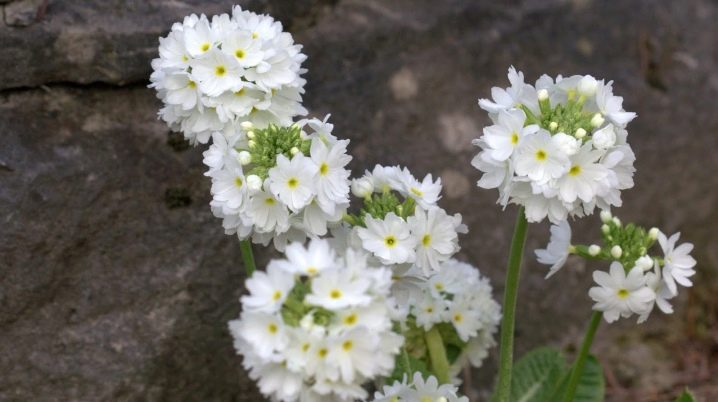
Varieties
There are many varieties of fine-toothed primrose. All of them are distinguished by small flowers that are collected on a long shoot in a large hat.
- Alba. The flowers of the described variety are not more than 15 mm in diameter. But the inflorescence of them is formed of an impressive size and can reach up to 100 mm in width. At the beginning of their formation, the inflorescences are 200 mm long, by the time the seeds ripen, this indicator increases to 500 mm. The variety loves to grow in partial shade and moist soil.
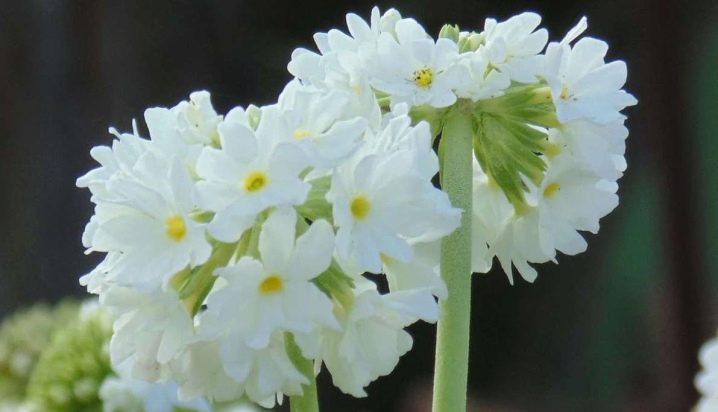
- Violet. By the name that the variety received, it is easy to guess what color the flowers of the described plant are. A bright and rich purple hue stands out especially in a flower bed. If you compare with the previous variety, then this inflorescence is not so large, the density is also lower.

- "Ruby". This variety stands out with a particularly rich red hue, very similar to that of a ruby. The foliage is elongated, not very dark green. The inflorescence can reach a maximum width of 60 mm. This is a unique solution if you want to decorate a curb or an artificial pond. Low bushes can be planted around.
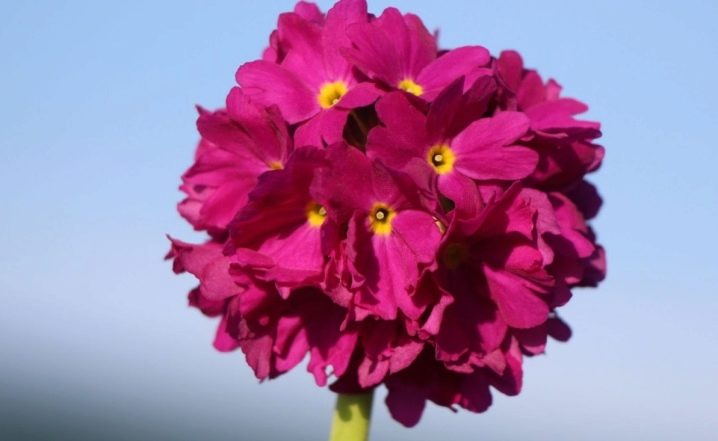
- "Red" - a unique primrose that grows well in shaded areas. The shade of the flowers is red, without impurities. The plant requires a lot of moisture in the spring; it is better not to use heavy clay soil for planting.
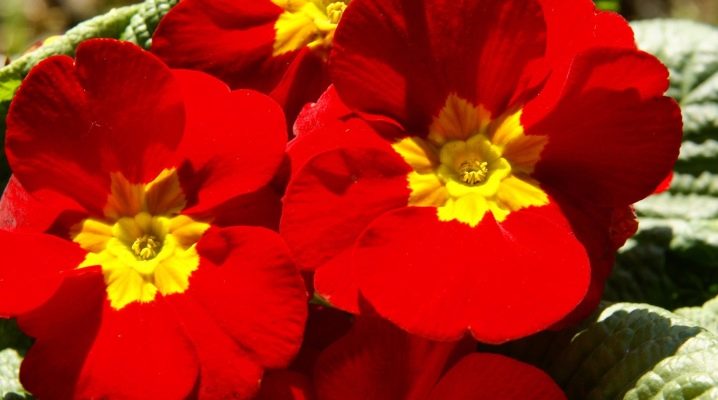
- "Bugle". The height of this plant cannot be more than 300 mm. The foliage is formed powerful, large, which distinguishes the variety from others. Flowers come in a variety of shades, including crystal white, blue-tinted purple or pink. Inflorescences, like other primroses, are spherical, peduncles grow up to 150 mm.
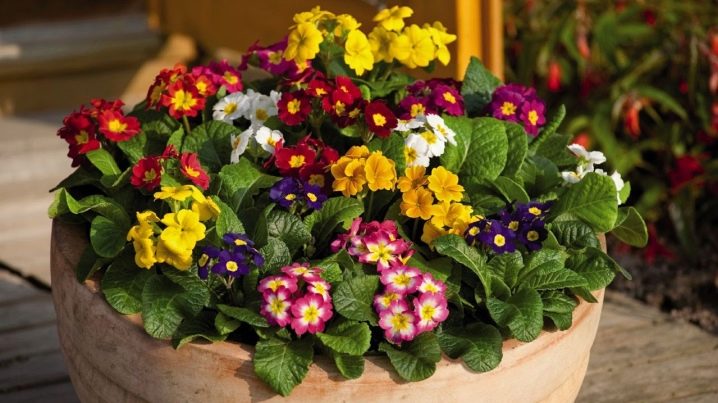
Sowing
The seeds will help you quickly propagate the plant in your own flower bed or in pots on the balcony. For sowing, light soil should be used, the pots are small, only 10 centimeters in diameter, even smaller, and 5 centimeters deep. This is one of the simplest secrets of growing a young primrose from seed, as it tends to die if it is watered too often.
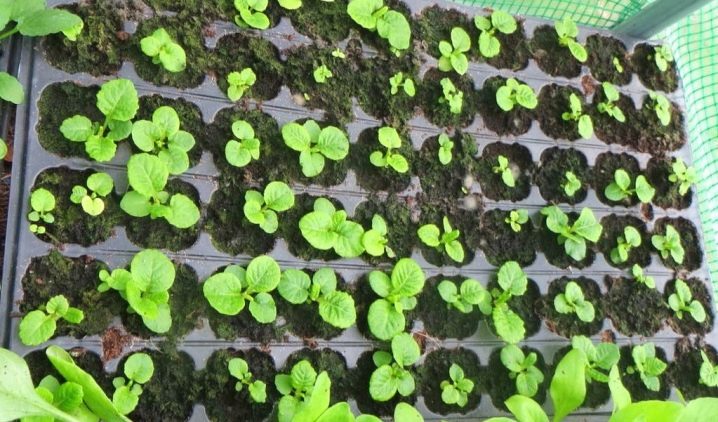
Sowing is carried out in containers closer to the center, the surface can be lightly pressed with the palm of your hand, then pour the soil from the spray bottle and let it drain. Some growers do not cover the seed with soil at all, but it is better to sprinkle it with earth so that the root system gets along better.
If the seed is planted in spring, it is worth covering the surface with foil or glass to create a greenhouse effect and give the flower enough heat and moisture. From time to time, such a homemade greenhouse is opened for a few minutes.
You should not put the container on a windowsill with a lot of light, it is better to use the shady side of the house, in such conditions the seeds will germinate faster. Primrose sprouts quite quickly if high-quality seed is used.
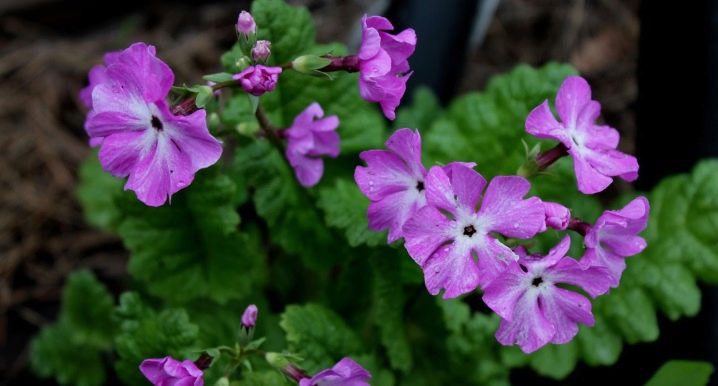
As soon as the first shoots appear on the surface, the film is completely removed, the primrose must get used to the external conditions. A pick is made after the appearance of the first three leaves on the stem. Each bush is transferred to a separate small container for rooting and further development.
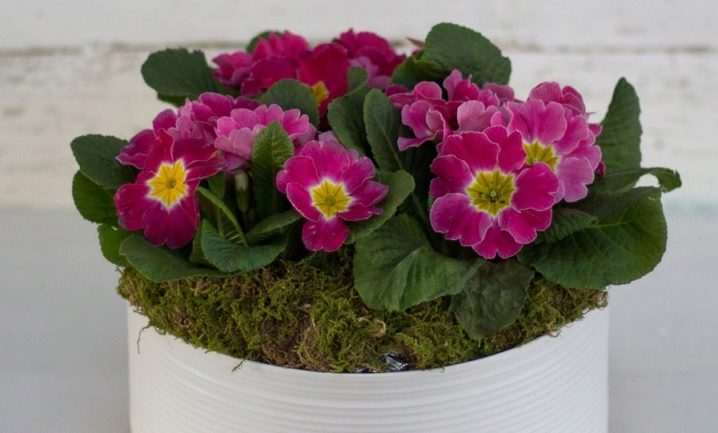
At all stages of growth, primrose needs carefully protect from strong sunlight. During the hot summer months, the area under the tall, spreading tree is ideal for growing plants outdoors.
Potted primrose can be planted all year round. A month passes from the moment of planting to the appearance of the first flowers. In open ground, seeds are sown in the fall, but this plant propagates with equal success by bush division or cuttings.
Sowing is done densely, it is desirable that there is no free space between the bushes, since the primrose does not like this.
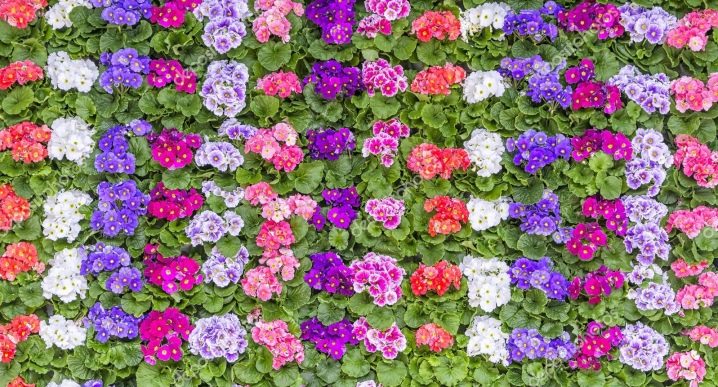
A young plant does not bloom immediately, only after a few years, as a rule, in the third year, in good conditions - in the second. Primrose will delight you with an abundance of colors for three months, starting in April.
Growing
An indispensable condition for growing a primrose is a soil rich in humus. The best way to harvest soil for planting is from rotten leaves, seasoned cow dung, and homemade compost. In addition, primroses are highly mulched with chopped foliage. Organic matter helps to not only retain moisture, but also prevent moisture from evaporating.
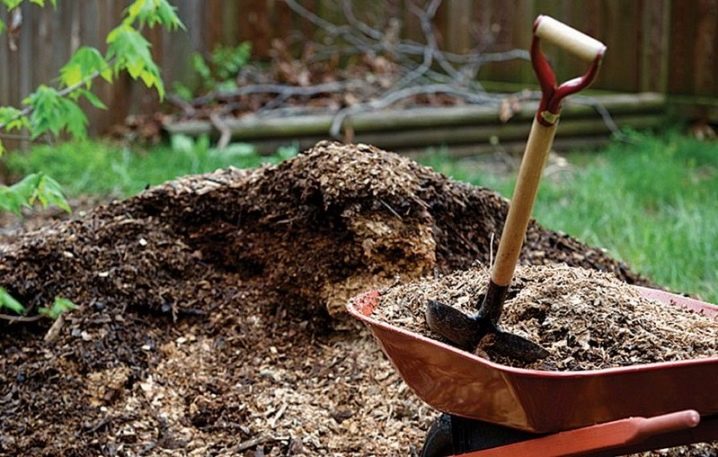
Even if there is no natural pond or stream on the site, you can grow water-loving primroses near an artificial reservoir. In hot, dry climates, it is worth choosing a place for planting where shade forms after lunch. In England and Europe, these flowers often grow in open fields under cloudy skies.
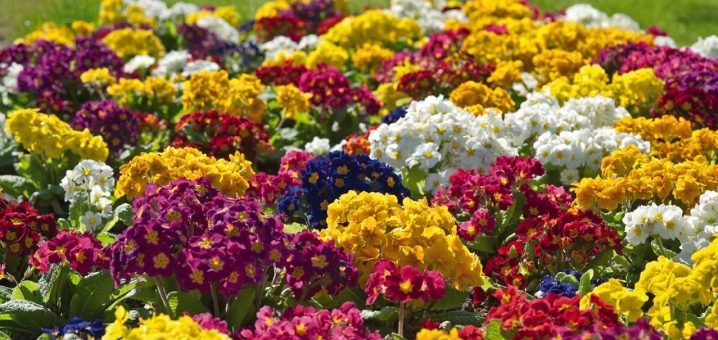
Drought is far more dangerous than cold. If it is not possible to water the soil regularly, the plants will look lethargic.
Pests or diseases rarely bother primroses... Some gardeners talk about spider mite problems during hot, dry weather. Slugs can damage leaves in wet summers. In the first case, you can use an insecticide, including neem oil or soap solution. In the fight against slugs and snails, ash helps well, which is scattered around the flowers, it will also become a natural fertilizer
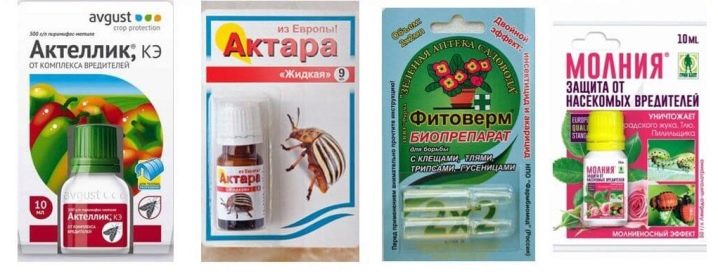
The video below tells about the intricacies of planting primrose seeds.







































































































The comment was sent successfully.